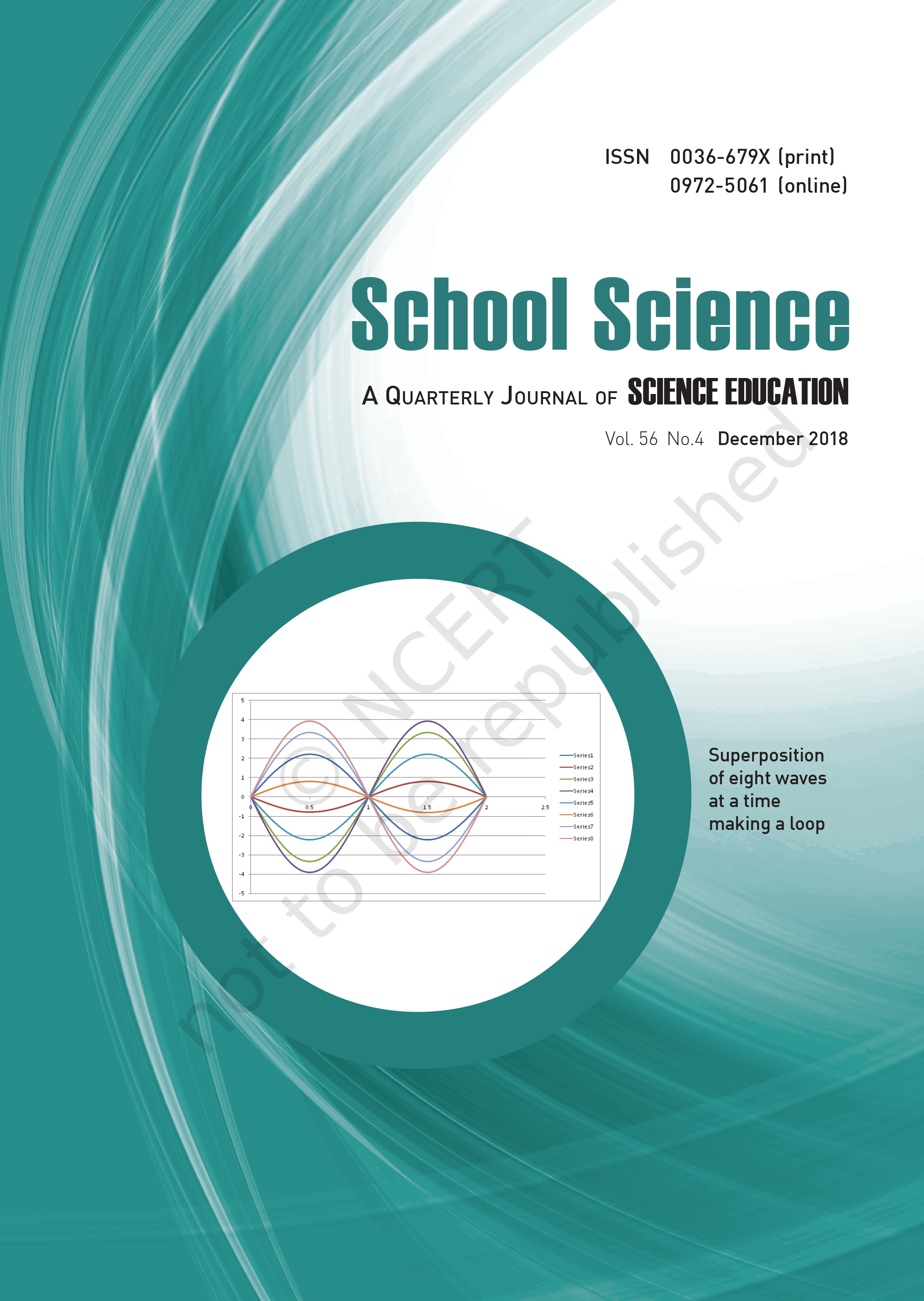
Published 2018-12-31
Keywords
- universal indicator solution,
- pH value,
- integrated approach,
- microscale chemistry laboratory kit,
- microscale chemistry technique
- constructivist approach,
- neutralization,
- bases,
- acids,
- Salt hydrolysis ...More
How to Cite
Abstract
Salt hydrolysis is an important concept in acid-base chemistry. Students are often given a qualitative idea at the secondary level and quantitative information at the college level in the curriculum. In literature, this concept is reported to be vague for students at all stages of education. Hence, the present study is undertaken to integrate both theoretical and practical aspects of this complex phenomenon. The microscale chemistry technique is used in place of a traditional chemistry laboratory to reach a large number of students as it is SEAT friendly, i.e., S (Student), E (Environment), A (Administrator), and T (Teacher). The investigation is conducted in three parts, a pre–laboratory interactive session followed by experimentation and a post–laboratory discussion. The outcome of the study is very encouraging, as revealed by students' feedback. Participants could understand the phenomenon of salt hydrolysis, obtain hands-onexperience, and could predict hydrolysis behaviour of salts of various types (strong acid–strong base; strong acid–weak base; weak acid–strong base; weak acid–weak base It is felt that in dealing with the concepts of chemistry, wherever feasible, teachers can adopt an integrated approach involving experimentation rather than restricting themselves only to descriptive chemistry
